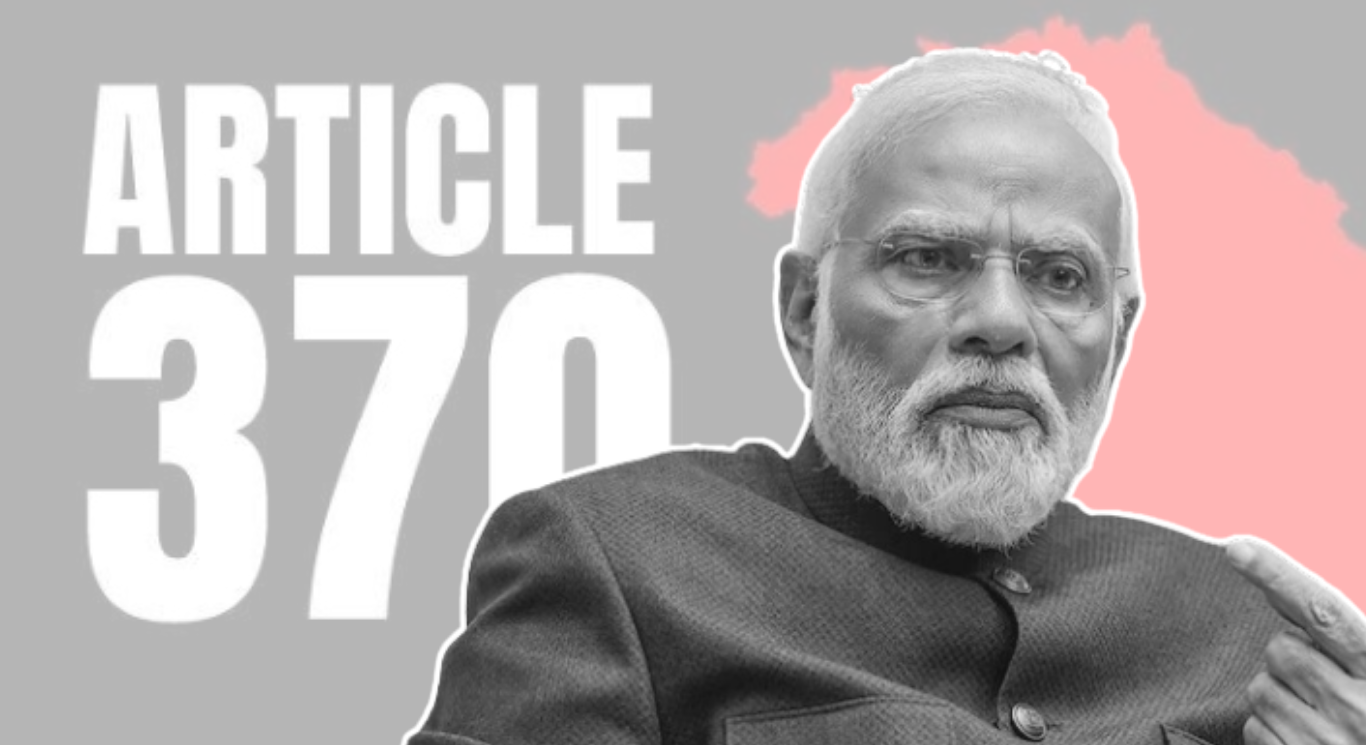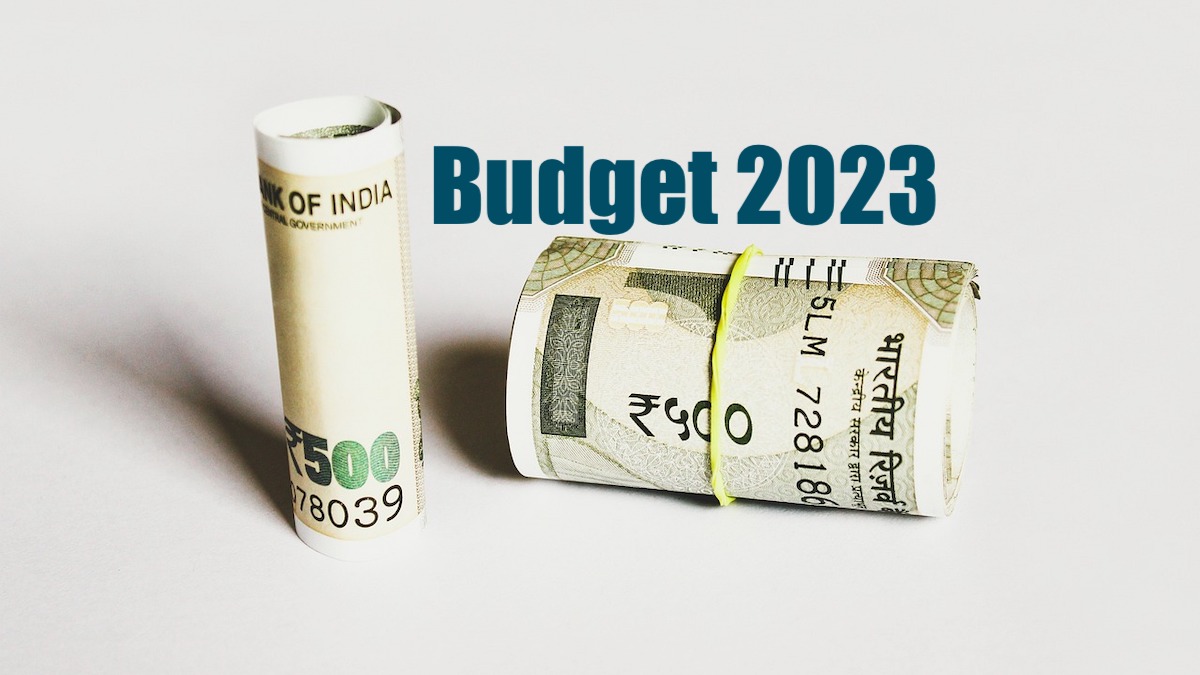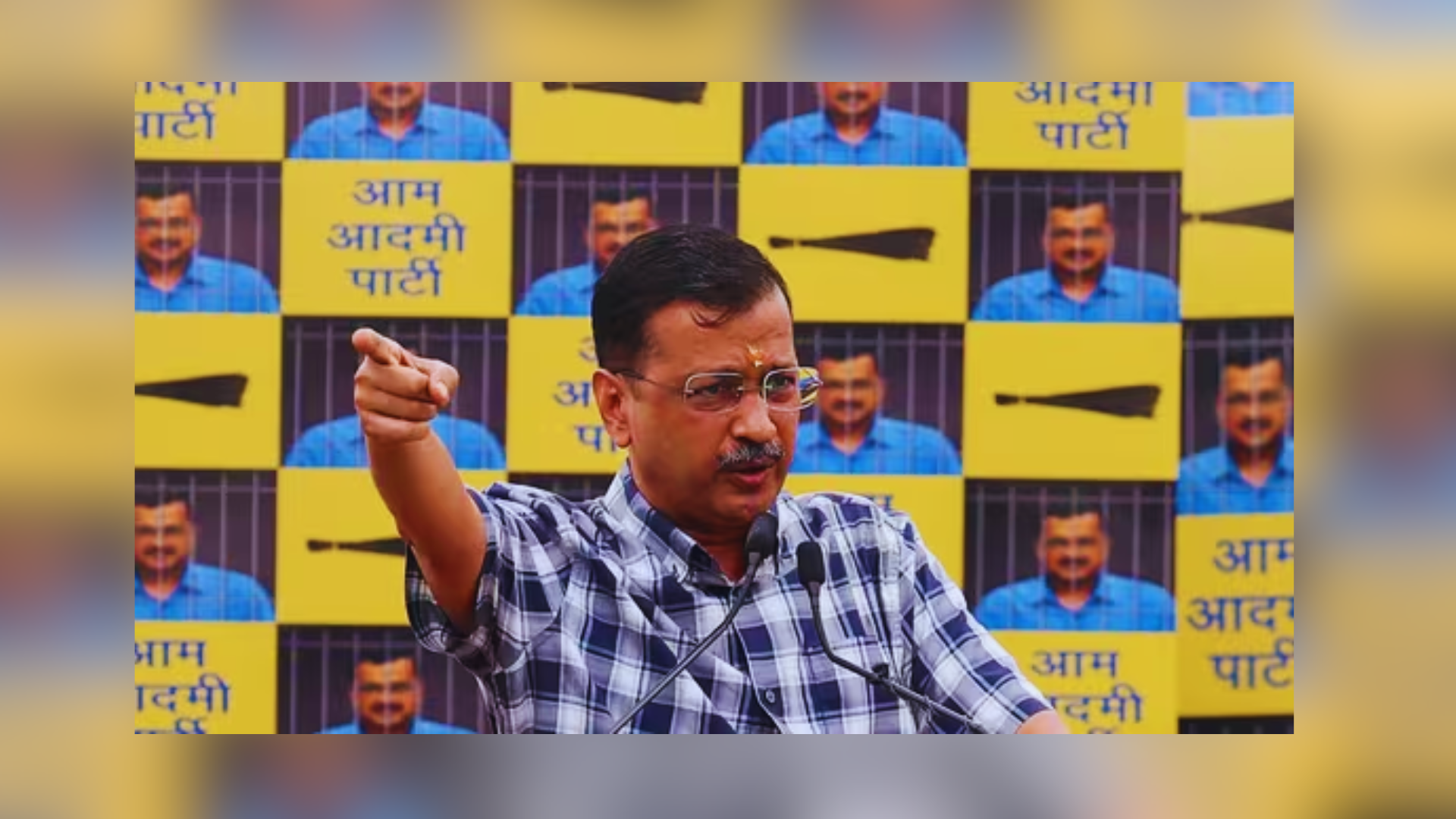










Individual taxpayers’ rebate ceiling has been raised from 5 lakh to 7 lakh per year by Finance Minister Nirmala Sitharaman.
“..Currently, persons earning up to 5 lakh rupees do not have to pay any income tax under either the old or new tax regimes. In the new tax regime, I suggest raising the rebate maximum to Rs 7 lakh. Thus, under the new tax regime, individuals earning up to Rs. 7 lakh will not be required to pay any tax “Ms Sitharaman stated this today in parliament when presenting Budget 2023.
She also announced new tax slabs and repealed the old twin-structure system, which was unboxed in 2020 and taxed citizens at less than 25% without exemptions and 30% with exemptions allowed.
The new slabs are:
Rs 0-3 lakh – no tax
Rs 3-6 lakh – taxed at 5 per cent
Rs 6-9 lakh – taxed at 10 per cent
Rs 9-12 lakh – taxed at 15 per cent
Rs 12-15 lakh- taxed at 20 per cent
Above ₹ 15 lakh – taxed at 30 per cent
“I had introduced, in the year 2020, the new personal income tax regime with six income slabs starting from ₹ 2.5 lakh. I propose to change the tax structure in this regime by reducing the number of slabs to five and increasing the tax exemption limit to ₹ 3 lakh,” Ms Sitharaman said.
Individual taxpayers were given the option in Budget 2020 to either continue in the previous rate, which allowed them to claim tax exemptions, or choose for the lower new rate, which did not allow them to claim exemptions.
The prior tax scheme had a 30% tax rate for persons with an annual income of 15 lakh, but they could seek exemptions. Those who chose the new regime, which was initially announced in 2020, and had an income of more over 15 lakh were taxed at 25%, although they could not claim exemptions.
Here are example of how new tax regime leads to more savings:
For salary of ₹ 7 lakh a year, you don’t have to pay any tax. Earlier, the rebate was ₹ 5 lakh.
Now, if salary is ₹ 9 lakh a year. It will be taxed by compartmenting the amount into slabs. Accordingly:
1. 0-Rs 3 lakh: no tax (earlier, it was 0-Rs 2.5 lakh)
Balance: ₹ 6 lakh to be taxed under two slabs i.e. ₹ 3-6 lakh portion at 5 per cent and ₹ 6-9 lakh portion at 10 per cent
2. ₹ 3 lakh taxed at 5 per cent: ₹ 15,000
Balance: ₹ 3 lakh to be taxed under one slab i.e. ₹ 6-9 lakh portion at 10 per cent
3. ₹ 3 lakh taxed at 10 per cent: ₹ 30,000
Total tax on ₹ 9 lakh (sum of A, B and C): ₹ 45,000
However, if you computed tax on this 9 lakh using the old slabs (0-Rs 2.5 lakh exemption and 5 lakh rebate), you would have to pay at least 60,000, implying that the new slabs result in a 25% savings.









